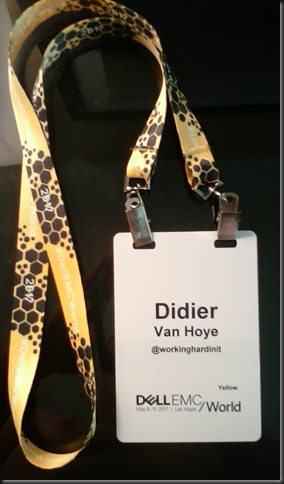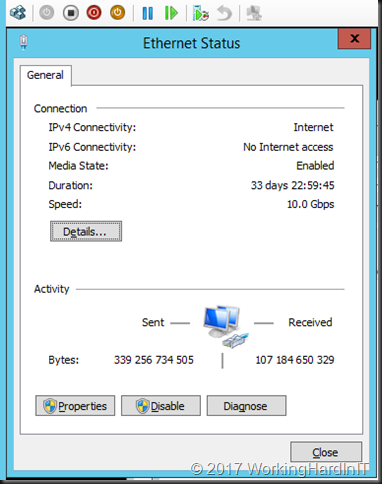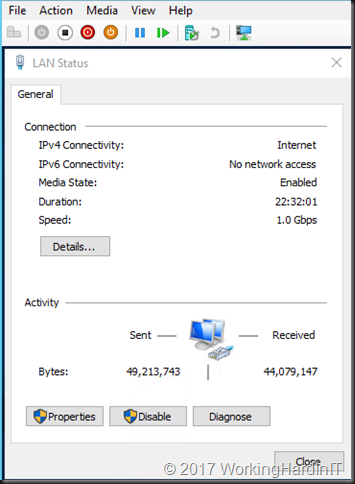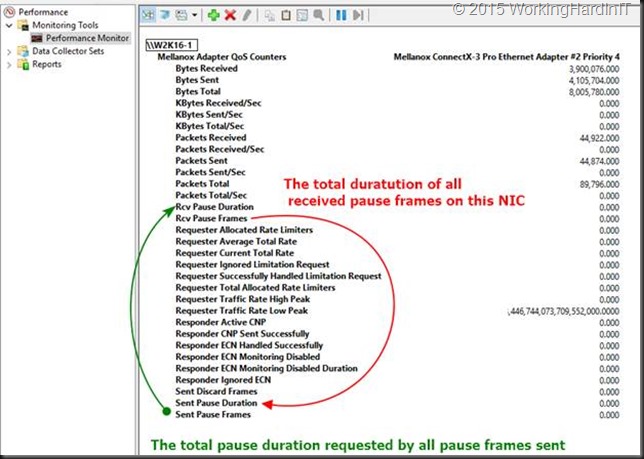Today DELL EMC World 2017 ends with a dinner with DELL EMC management and engineers to discus our impressions on the information we took away from DELL EMC World 2017. I would like to thank the ever hard working Sarah Vela for making this possible. It’s much appreciated.
Professionally I’m blessed with multiple opportunities to attend conferences and summits. That’s where I get to talk to the skilled and passionate people who work on the technologies we work with intensively. This is very much a two way street where we learn from each other. And on many conferences I might also be a speaker or participate in advisory boards to provide feedback. Some of those latter discussions are under NDA. This is normal and I have NDA’s with other companies as well. That’s the legal side of the trust we place in each other in order to discuss evolving and future technologies.
I attend multiple events from different players. Some of these disagree with me and that is fine. We learn from being challenged. It helps us define more clearly what we design and build as well as why and how. More and more solutions become a more diverse, multi pronged combination of components with their specific capabilities at our disposal. These change fast and so do our solutions. An element not to be ignored in designing those solutions. That’s one take away from DELL EMC world that seems to have hit home. The other is that some companies are in a rather dire IT condition due to years of stand still.
I’m happy to see that today and tomorrow DELL EMC has the technologies needed for us to deliver modern IT solutions. The way in which we choose to do so is our choice and DELL EMC states it is committed to supporting that. As a testimonial to that we got to see the the DELL EMC Storage Spaces Direct Ready nodes based on the soon to be available generation 14 PowerEdge servers.
That is how we worked for many years with DELL and we have been assured we can continue to work with DELL EMC. That what Michael Dell committed to and I have seen them deliver on that promise for many years. For me that’s enough to be confident in that until proven different. Even if that message was sometimes brought in a way that made me think Las Vegas had gotten the better of some conference managers. But let’s not get the form in the way of the content.
On a final note, Dell EMC is not anti public cloud or pro on-premises. That’s how it should be and that how we deliver IT. We use the tools at our disposal to build the best possible solutions we can. What we use depends on the needs and changes as technology evolves. That’s OK. Saying you need hardware doesn’t make you a cloud hater or vice versa. The world is not that simple.











